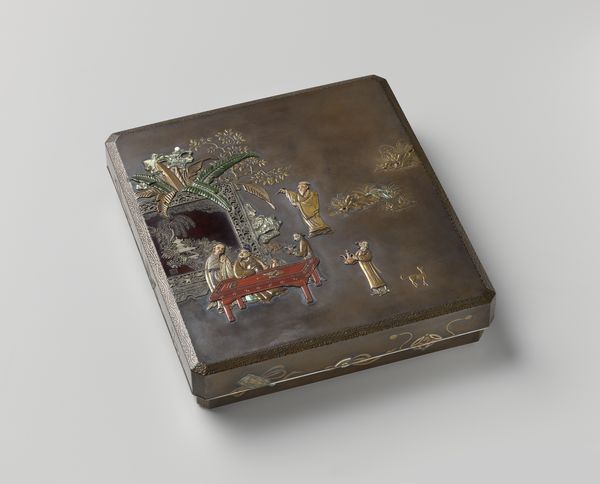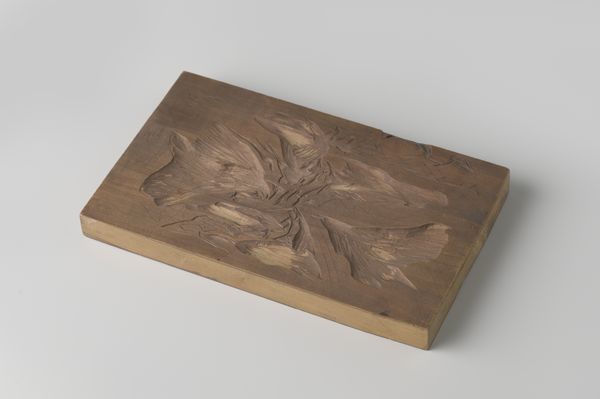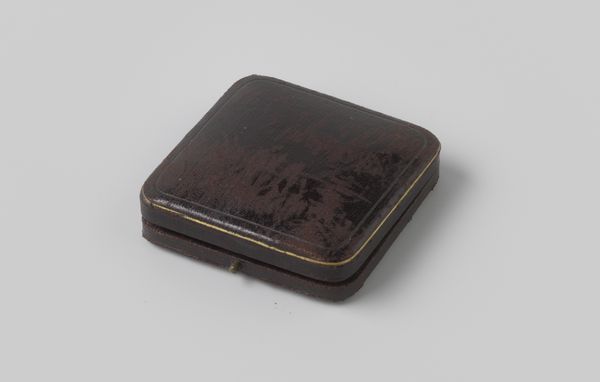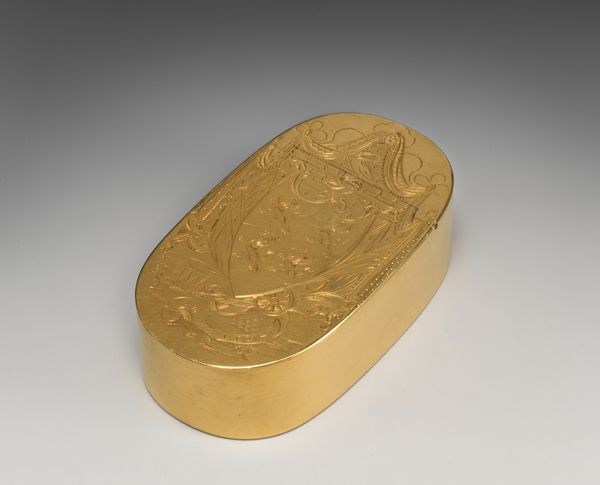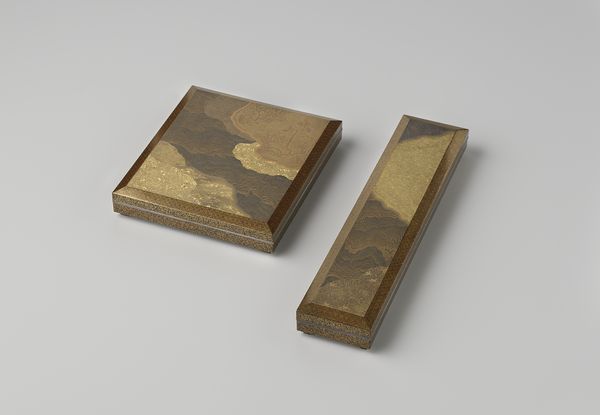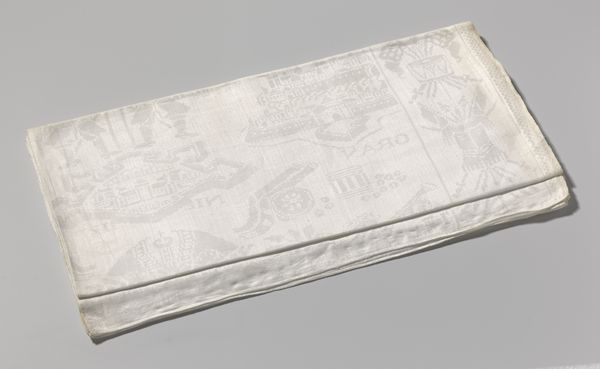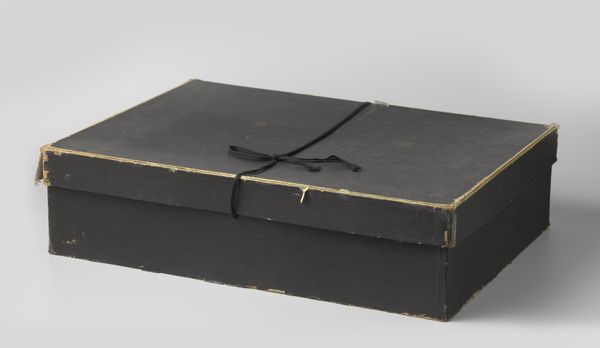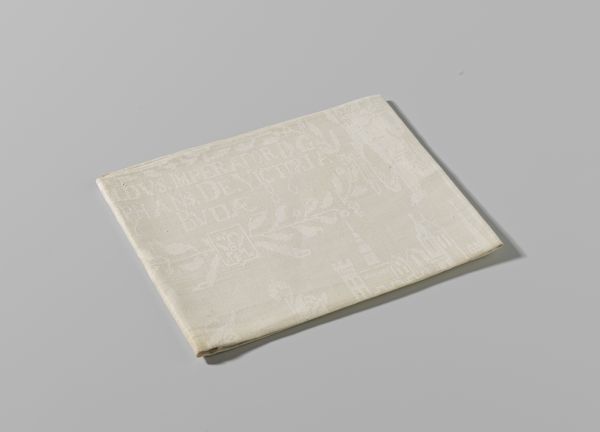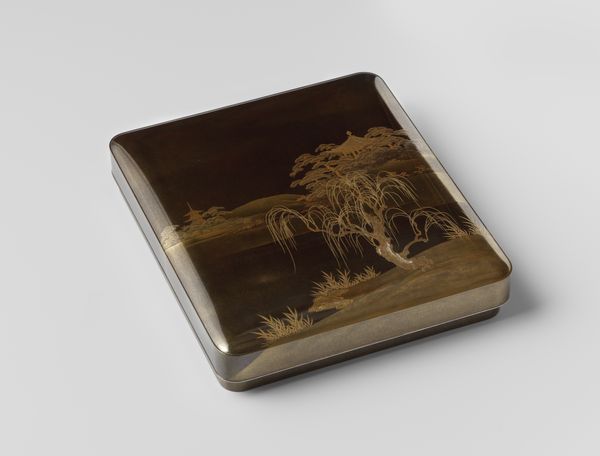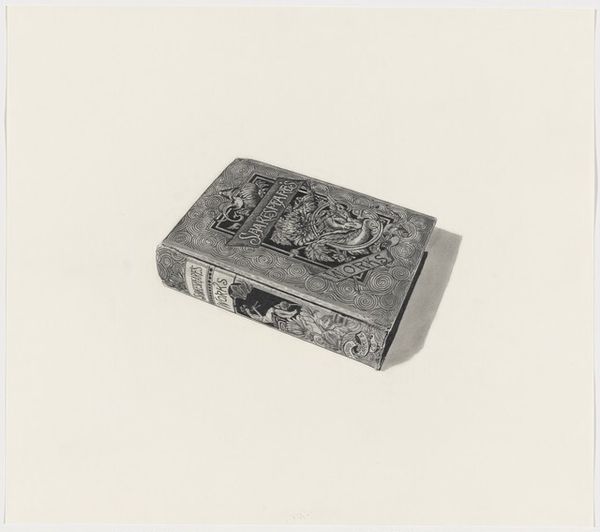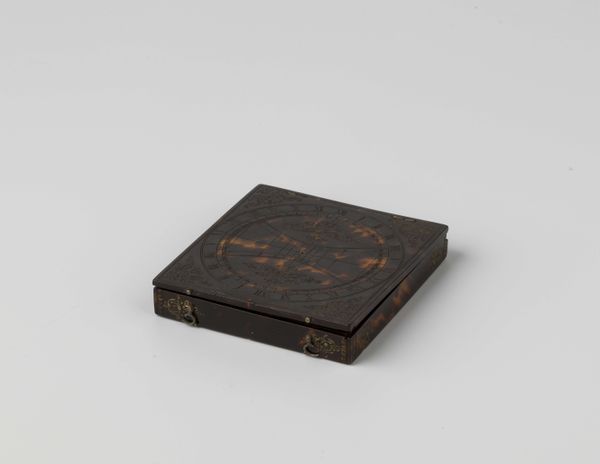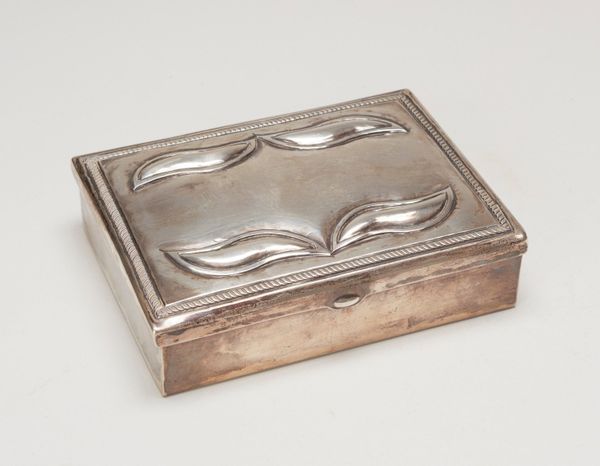
carving, relief, sculpture, wood
#
carving
#
relief
#
form
#
sculpture
#
wood
Dimensions: height 250 mm, width 150 mm
Copyright: Rijks Museum: Open Domain
Curator: Welcome. Here we have an abstract composition, created by A. de Winter in 1919. It’s a wood relief, carved rather delicately, wouldn't you say? Editor: Absolutely. My first thought is quiet… something hushed about it. The limited palette and the way the carving almost blends back into the wood… it feels like a secret whispered. Curator: Yes, "whispered" is an apt description. Consider that this was created shortly after the First World War, a period marked by the re-evaluation of representational art. Abstraction allowed artists to explore form and emotion in a way that direct depiction perhaps couldn't. It signaled a move away from tradition. Editor: I see what you mean. There’s definitely a sense of shedding the old skin here. Look at how the forms, whatever they are, seem to struggle to emerge, fighting for visibility in that dark plane. Was the turn to abstraction liberating for them as well? Curator: In many ways, it was. Museums became important venues for artists seeking recognition outside established academic circles. Exhibitions showcasing abstract art gained traction, fueled by intellectual debates. It created an expanded dialogue around art's role. Editor: Dialogue indeed, that looks very intentional, as a sort of response... The choice of wood as a material also stands out. There is a real earthy, tangible quality that I really think comes through despite its more formal ambition. It makes a very quiet abstract. It’s grounded somehow. Curator: Exactly, you hit the key factor to the matter. And that grounded quality ensured the composition would endure over time. These wood reliefs provided an anchor in art history while still questioning traditional definitions of form and beauty. The question then became: what exactly *is* the public's role within the new definition of what can be classified as art? Editor: Fascinating. Now I just keep staring... there are shadows there, I can see those small flowers are about to grow... Well, A. de Winter certainly left us with plenty to mull over. Thanks. Curator: My pleasure. And hopefully you all, as the audience, gained some perspective into what makes such a work remarkable in the socio-historical timeline of art.
Comments
No comments
Be the first to comment and join the conversation on the ultimate creative platform.
